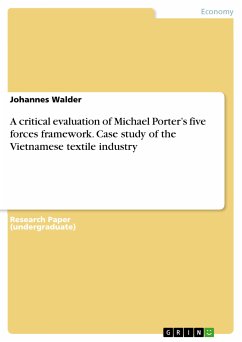Transportation costs are typically constitute the largest percentages of the total cost
in the production process of agricultural industries. This study aims to apply the hub-andspoke
system to the agricultural transportation and distribution networks of Thai agricultural
products in order to reduce transportation costs and to investigate the location of facilities
within the shrimp industry by varying parameters. Hubs serve as collection and switching
points in the system and transportation flows will be consolidated in the hub links. The
concentration in the hub network leads to economies of scale, and for this reason the
transportation cost rate will be reduced. In the study, central markets for shrimp are referred
to as hubs. The hub location models are divided in uncapacitated hub location models and
hub location models with minimal capacity. These models are stated as an integer linear
programming models. The objective functions of both models are identical. They include the
costs of direct and indirect transportation as well as the construction costs of hubs. While
evaluating transportation costs, the opportunity cost reflected in the perishable nature of the
agricultural products is accounted for as well. The rates of the opportunity cost are calculated
as the difference between averaging shrimp prices of direct trade with the factory and trade
within shrimp markets. The difference of the two models lies in the constraints of minimal
capacity. To solve the hub location problems, the sum of the costs is optimized through a
genetic algorithm. This research employs secondary data from 2006 until 2008 based on
information of the Department of Internal Trade and the Department of Fisheries of Thailand.
The computational results reveal that the central markets are more likely to be established in
potential locations if the saving rate of transportation costs is increased, according to the
efficiency of management and vehicles within the network. Furthermore, the change of the
opportunity costs has no effect on the locations of the shrimp central markets. It only has
impact on the total costs of transportation. Finally, the results reveal the conflict between the
official supporting policy for the shrimp central markets and the efficiency of shrimp central
markets. In summary, the hub and spoke system is an important tool for distribution
improvement, thus reducing the transportation costs for Thai agricultural products. Therefore,
establishing more central markets in Thailand helps to improve the competiveness of
Thailand’s agricultural sector. Nowadays, however there are not enough shrimp central
markets, thus the central markets should be more expanded within Thailand.
Dieser Download kann aus rechtlichen Gründen nur mit Rechnungsadresse in A, B, BG, CY, CZ, D, DK, EW, E, FIN, F, GR, HR, H, IRL, I, LT, L, LR, M, NL, PL, P, R, S, SLO, SK ausgeliefert werden.





